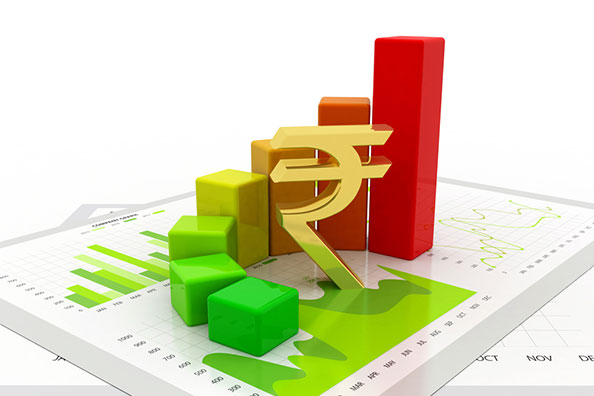Maharashtra, Gujarat and Telangana currently lead in terms of economic output; says report.
NEW DELHI: India is on track to become the world’s third-largest economy by 2028 and more than double its GDP to $10.6 trillion by 2035, according to a Morgan Stanley report released on Wednesday.
The report projects that by 2035, three to five Indian states — including Maharashtra, Tamil Nadu, Gujarat, Uttar Pradesh, and Karnataka — could each reach GDP levels nearing $1 trillion, placing them among the world’s top 20 economies.
“Maharashtra, Gujarat, and Telangana currently lead in terms of economic output,” the report noted, while highlighting Chhattisgarh, Uttar Pradesh, and Madhya Pradesh as the most improved performers over the past five years.
Morgan Stanley estimates that India will contribute approximately 20% of global growth over the next decade, emerging as a key engine of earnings for multinational corporations.
The report emphasizes the pivotal role of India’s 28 states and eight Union Territories in driving this growth. “States manage their own finances, design investment-friendly policies, and compete to improve business environments. Every investment decision, factory setup, or enterprise ultimately happens at the state level,” it stated.
The strength of India’s “competitive federalism,” the report added, will be central to its ambitions of becoming a global manufacturing powerhouse, doubling per capita income in seven years, and sustaining capital market growth.
As India advances toward a $10.6 trillion economy, states are expected to assume even greater importance. Their political and legislative autonomy enables them to tailor industrial policies and attract strategic investments.
Over the last decade, the country has witnessed a significant boost in infrastructure spending. The Centre’s capital expenditure has doubled from 1.6% of GDP in FY15 to 3.2% in FY25. This has resulted in a 60% expansion in highway networks, a doubling of airports, and a fourfold increase in metro rail systems.
Flagship national initiatives such as PM Gati Shakti, the National Infrastructure Pipeline, Bharatmala, Sagarmala, and UDAN have been rolled out alongside robust state-level efforts. States also lead critical investments in sectors like power, water, and urban infrastructure.
“The continued collaboration between the Centre and states will be vital in realizing India’s long-term economic potential,” the report concluded.


